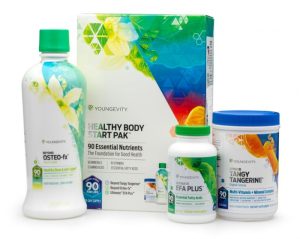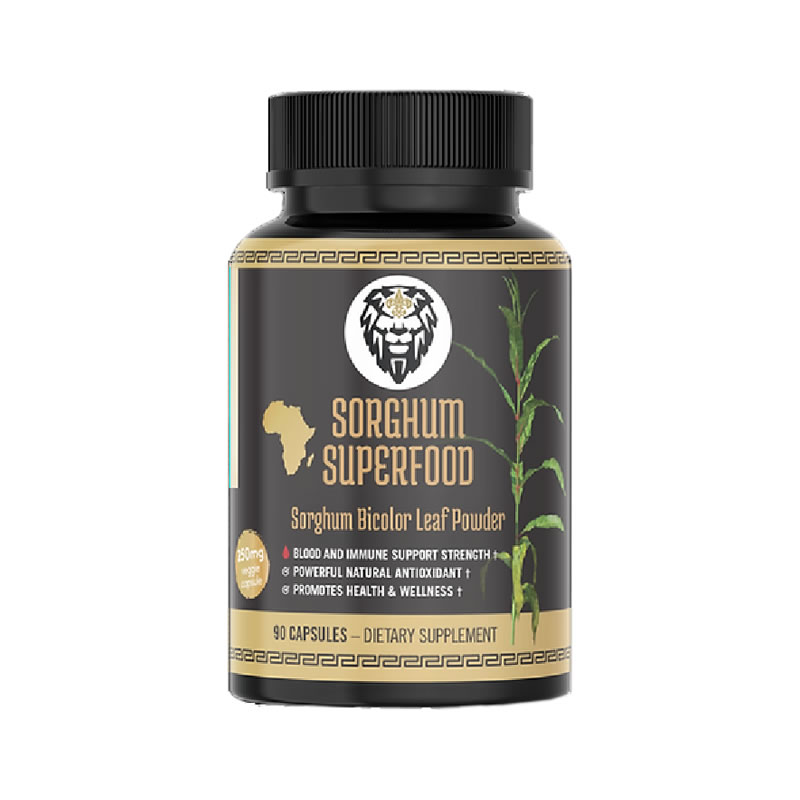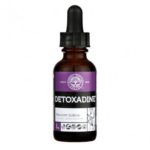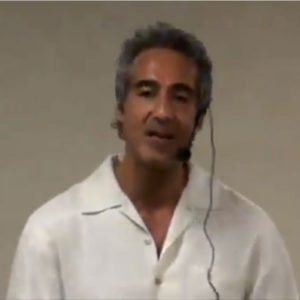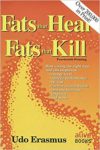By Ben Fuchs | Pharmacist Ben
 When I was a kid, I knew a girl who had a true obsession with sidewalk cracks. Just as the popular rhyme says, she believed that stepping on one would result in the fracture of her mother’s back. Despite merciless teasing from the neighborhood boys, she stepped carefully around every crack, slowing us all down and making somewhat of a spectacle of herself.
When I was a kid, I knew a girl who had a true obsession with sidewalk cracks. Just as the popular rhyme says, she believed that stepping on one would result in the fracture of her mother’s back. Despite merciless teasing from the neighborhood boys, she stepped carefully around every crack, slowing us all down and making somewhat of a spectacle of herself.
Today I understand this kind of ritualistic compulsion to be the sign a mental health issue known as Obsessive Compulsive Disorder (OCD) which affects 2.3% of American adults, according to the National Institute of Mental Health. While trauma, genetics and nutritional deficiencies often contribute to OCD, a condition shared by victims of all mental disorders is a disruption in the production of serotonin, one of the central nervous system’s most important chemical substances. Furthermore, we have learned that much of what passes for normal, day-to-day worry and anxiety may also be associated with deficiencies in this vital mediator of brain chemistry.
According to the Hypoglycemic Health Association of Australia, serotonin “conveys the positive sensations of satiety, satisfaction and relaxation.” Physicians and pharmaceutical companies are also aware of the link between serotonin deficiency and mental illness. Since their debut in the late 1980‘s, pharmaceuticals that regulate the presence of serotonin have become a mainstay of modern psychiatric drug therapy. The so-called serotonin re-uptake inhibitors (SRIs) enhance the activity of this critical brain chemical and account for almost $6 billon of the estimated $307 billion dollars Americans spent on prescription drugs in 2010. Of course SRIs are not without side effects. Apathy, nausea, vomiting and headaches are commonly experienced by SRI patients.
One of the key factors behind low levels of serotonin that play such an important role in the mental health of so many Americans is the relative deficiency of the amino acid, tryptophan, which is required to produce serotonin. Given the low protein intake of many Americans combined with common digestive impairment afflictions that compromise amino acid absorption, in most people, the amount of tryptophan naturally available for serotonin manufacture is often far too low. Additionally, because tryptophan is required to make niacin, when intake of niacin is not sufficient, tryptophan will be shunted towards the manufacture of niacin at the expense of serotonin production.
Lastly, Fructose Malabsorbtion Syndrome also creates shortages in the tryptophan available for serotonin production. One out of three Americans suffer from this fructose metabolism issue, which causes high blood levels of the ubiquitous sugar. Fructose binds with tryptophan, thus rendering the amino acid unavailable for other chemical reactions.
If you suspect mental health can be improved by increasing serotonin levels, the first thing you want to do is supplement with 5-HTP. 5-HTP is a direct precursor to serotonin and research shows 5HTP may improve mental health. For example, numerous clinical studies have demonstrated the effectiveness of 5-HTP in the treatment of depression. In one study, the effects of 5-HTP were compared with those of fluvoxamine, a Prozac-like drug used in Europe. The 5-HTP patients showed an improved response with fewer and less-severe side effects than the fluvoxamine group. Start off with 50 mg and move up to up to 300 mg daily, taken at bedtime. Supplementing with Niacin (Vitamin B-3) will also help ensure enough tryptophan is available for serotonin manufacture. Vitamin B-6 (pyridoxine) is also an important cofactor for the production of serotonin. Try 50 to 100 mg dose, twice daily, of each B-3 and B-6. As always, when supplementing with one B-vitamin it’s best to take it with the entire B-complex.
Finally, magnesium is not only required for converting tryptophan into serotonin, but it is also commonly deficient in the standard American diet. According to research published in the Journal of Neural Transmission, magnesium exerts an anti-depressant effect that may “involve an interaction with the serotonergic system”. Taking 1000 mg of magnesium at bedtime has a relaxing effect and also improves serotonin levels.
Whether it’s OCD, anxiety or full-blown depression, mental health issues are typically associated with low levels of the important brain chemical, serotonin. While the medical approach manipulates neurochemistry, drugs always come with the cost of unpleasant side-effects. Because nutritional substances are non-toxic and deficiencies are associated with low levels of serotonin, strategic supplementation is the best path to correct biochemical imbalances without adverse effects.






 Read as “117 over 76 millimeters of mercury”
Read as “117 over 76 millimeters of mercury”